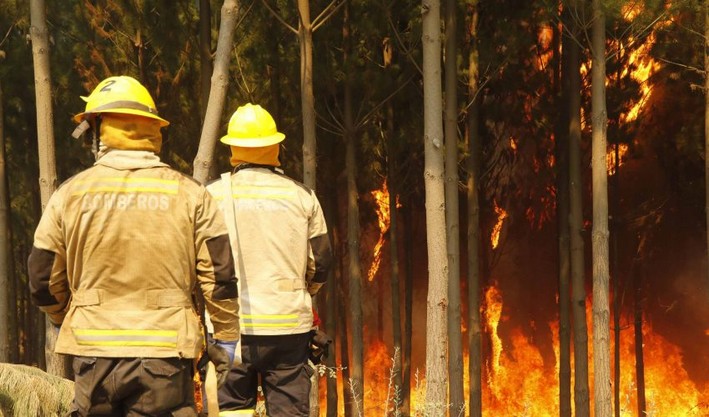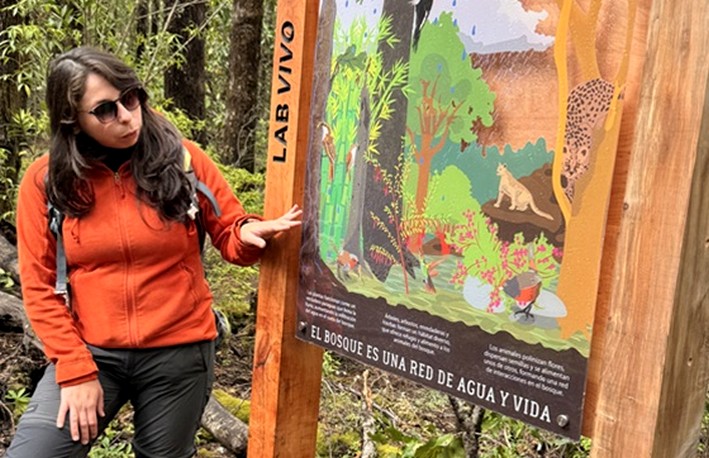USS Climate Observatory Forecasts End of Year with Scarce Rainfall and More Extreme Temperatures
- The report prepared by the USS Climate Observatory projects the La Niña phenomenon already established by October, but with milder effects than expected. This would result in scarce rainfall.
The latest Hydroclimatic Report prepared by the Climate Observatory of the Faculty of Natural Sciences at San Sebastián University indicates that the La Niña phenomenon is likely to become firmly established, influencing end-of-year weather conditions.
According to projections, the La Niña phenomenon has a high probability of setting in between September and October of this year, persisting until the Southern Hemisphere summer of 2024-2025. Although it is expected to be a low-intensity event, it "will cause cooler ocean temperatures in the central and eastern equatorial Pacific, altering global weather patterns and affecting rainfall and temperatures," the report states.
"Very little rainfall is expected for the remainder of the year in the central and south-central regions of our country, well below normal ranges," says Paula Santibáñez, head of the USS Climate Observatory. "More extreme temperatures are also projected, with lower average minimums and heatwaves with high radiation and intense episodes of high temperatures." Due to this, the Natural Resources and Sustainability Engineering academic also anticipates a summer with a high risk of wildfires.
Current climate situation
According to the report, "rainfall has been above normal levels in the central and south-central regions of the country, mainly due to weather fronts that arrived regularly until July." Thus, it highlights the surplus in rainfall compared to a normal year in La Serena (14%), Valparaíso (26%), Tobalaba (60%), and Pudahuel (66%). In contrast, deficits are seen in Arica (78%), Iquique (100%), and Calama (49%).
Paula Santibáñez, director of the Climate Observatory, states that for the remainder of September, "rainfall amounts below normal are expected from Coquimbo to Los Lagos, as the anticyclone will block frontal systems from reaching the south-central zone of Chile. In contrast, models indicate near-normal rainfall in the country's extremes."
Abundant snow in the mountains
Due to heavy winter rainfall, the USS report highlights significant snow presence along the mountain range: as of August 31, snow cover spanned 26,000 km² between the Coquimbo and Biobío regions, compared to 11,000 km² recorded on the same date last year. Additionally, snow depth is double that of a year ago and exceeds normal levels in several areas.
From the Chilean Meteorological Directorate (DMC), meteorologist Matías Pino of the Climate Services Office confirmed to Crónica Chillán that "the La Niña phenomenon is already beginning to be observed in the September-November-December trimester, with cooling detected in the surface waters of the equatorial Pacific. Regarding rainfall, it will be below normal in much of the country, from Valparaíso to La Araucanía."
Regarding Ñuble, Pino emphasized that it "shows below-normal conditions, meaning rainfall between the aforementioned months will be below 95 millimeters for the trimester's total accumulation."

















